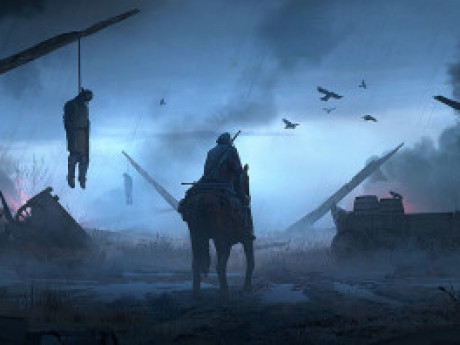The Uncharted Jungles of Kru'll: Part 3 of 5
The Canopy Layer
Beneath the emergent layer is the canopy, a deep layer of vegetation roughly 40 feet thick. While the canopy receives a large amount of sunlight filtering through the emergent, the canopy’s dense network of leaves and branches forms a roof over the two remaining layers; this blocks winds, rainfall, and sunlight, creating a humid, still, and dark environment below. Trees have adapted to this damp environment by producing glossy leaves with pointed tips that repel water.
While trees in the emergent layer rely on wind to scatter their seeds, many canopy plants, lacking wind, encase their seeds in fruit. Sweet fruit entices animals, which eat the fruit and deposit seeds on the forest floor as droppings. The most familiar fruit tree in the canopy are different types of fig trees.
With so much food available, more animals live in the canopy than any other layer in the rainforest. Canopy fruit can be seen being snatched up in the large beaks of screeching crimson macaws and vocal blade-billed toucans, and picked by silent spinner sloths and yowler monkeys. The dense vegetation dulls sound, so many — but not all — canopy dwellers are notable for their shrill or frequent vocalizing. In addition, thousands and thousands of insect species can also be found in the canopy, from bees to beetles, borers to butterflies. Many of these insects are the principal diet of the canopy’s mammals and reptiles, including the "flying" draco wyverns.
Epiphytes (plants that grow on other plants) grow on the branches of trees. Vines, some carnivorous, also try to reach the valuable sunlight by wrapping themselves around the trunks and branches of trees. In doing so they create walkways that allow animals, capable of utilizing them, to reach the canopy layer.
